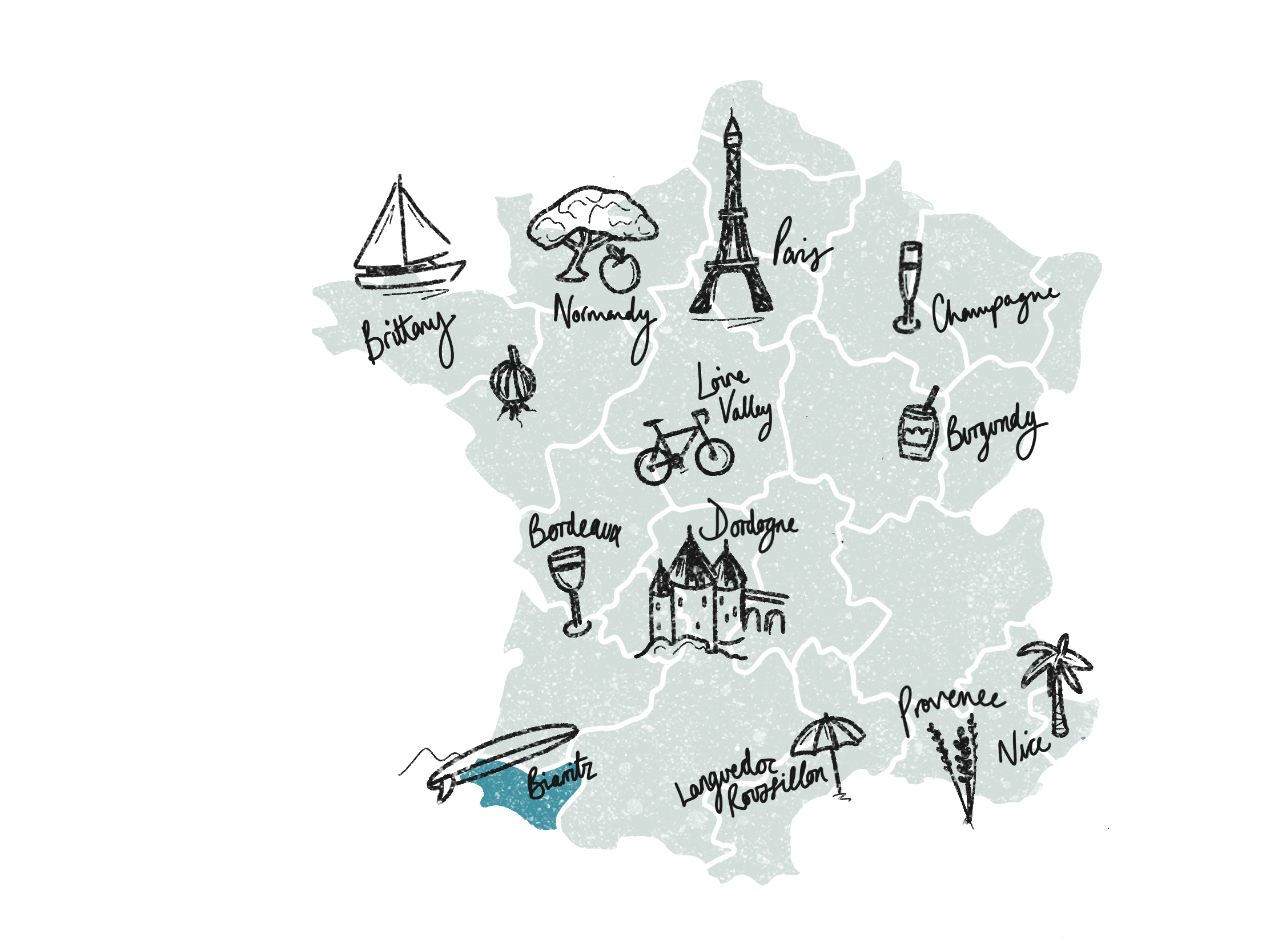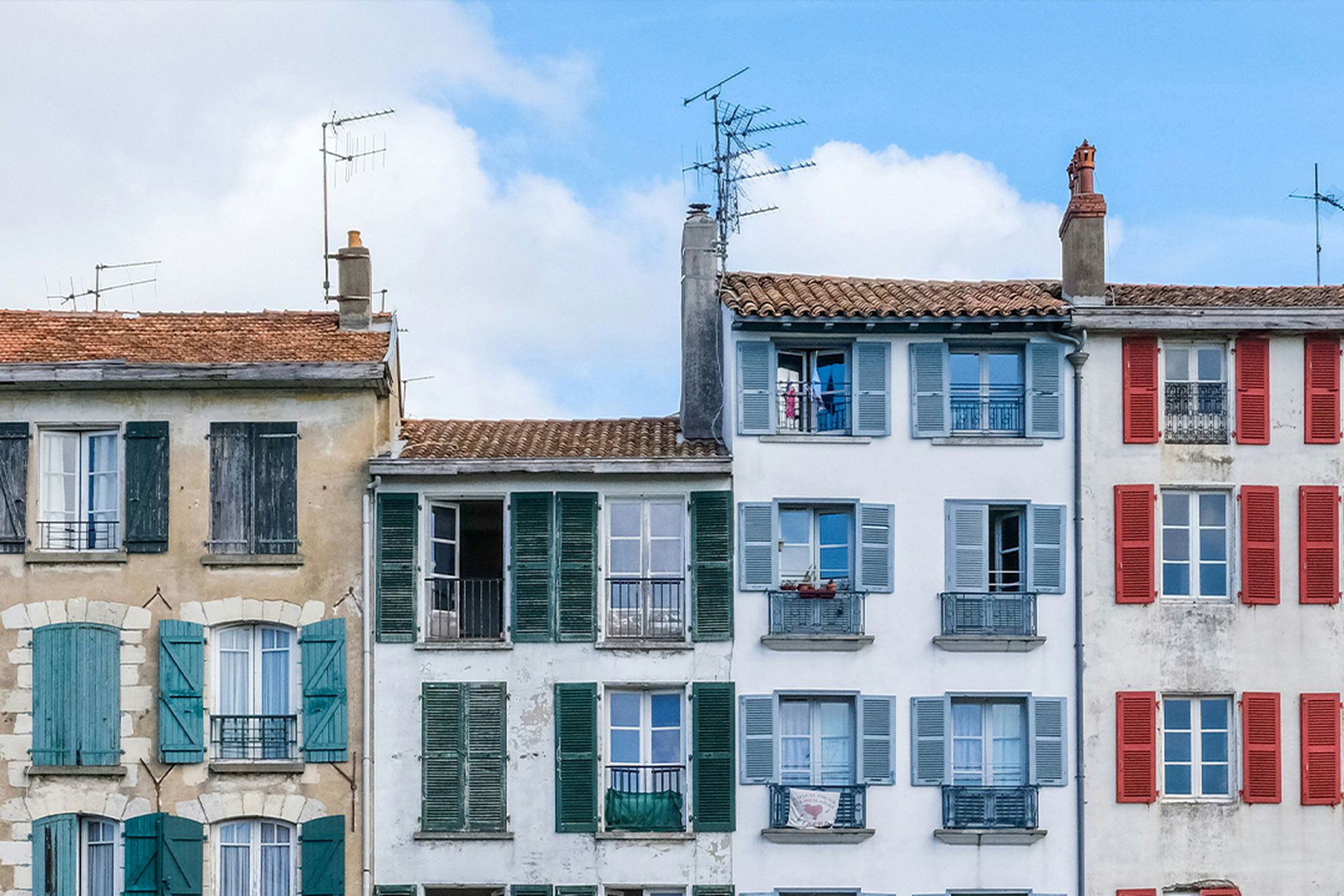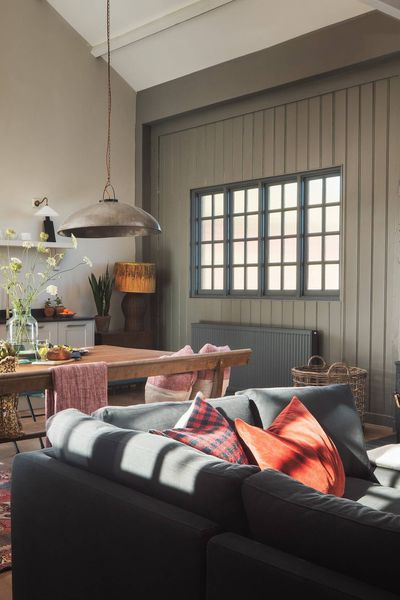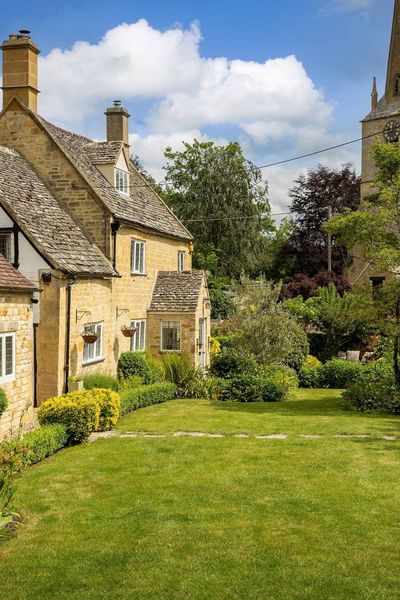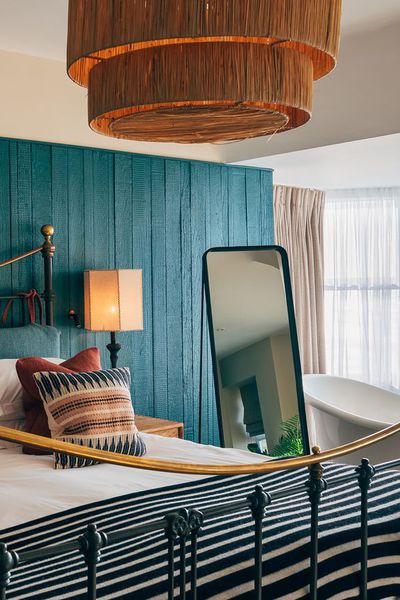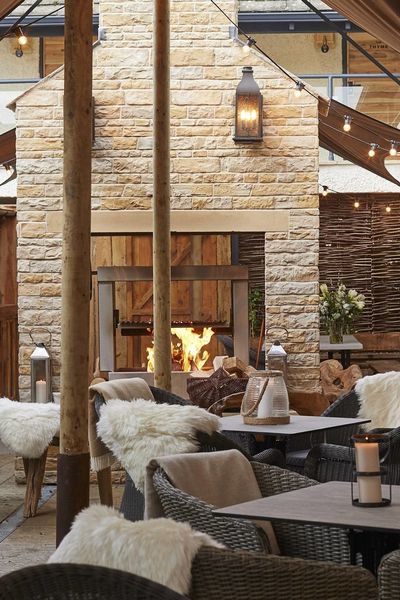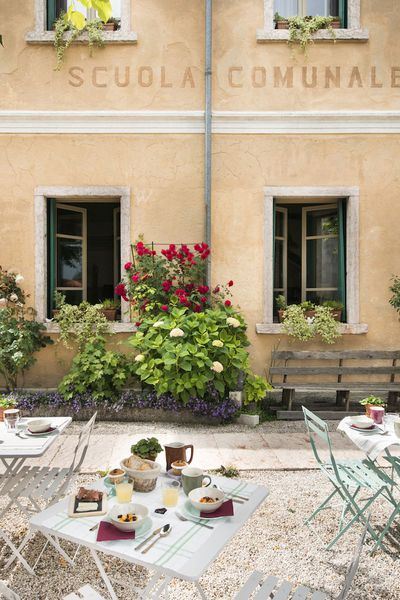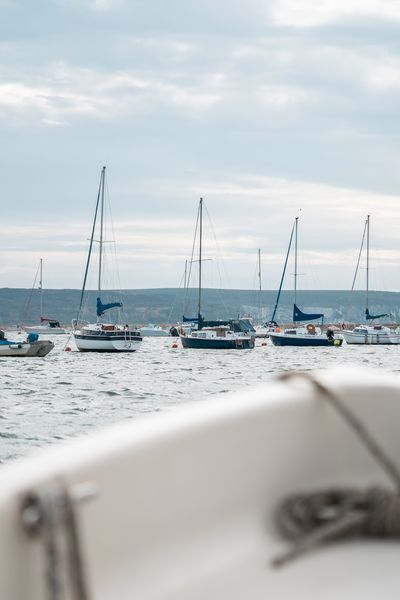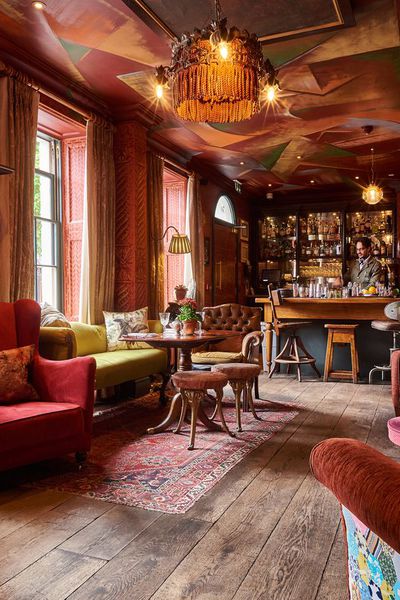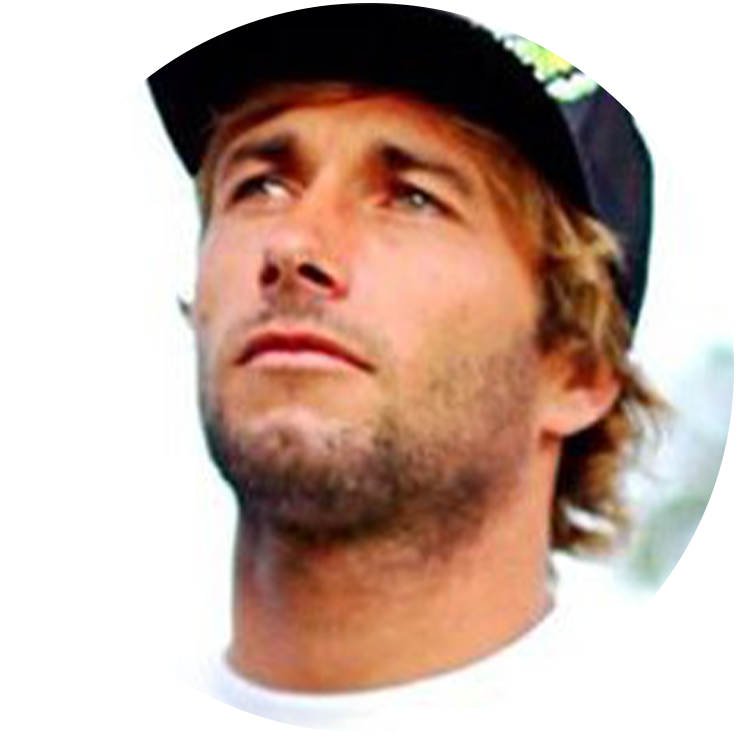Places to stay in the Basque Country
The French Basque Country is a captivating blend of rugged coastline, rolling green hills, and vibrant culture. Discover traditional villages with their iconic Basque architecture, bustling markets filled with local delights, and a cuisine that’s rich in flavour and history. For a touch of seaside glamour, visit Biarritz, where sweeping beaches and Belle Époque elegance meet the relaxed vibe of a surf town.
Our handpicked collection of gîtes, hotels, and B&Bs reflect the unique character of this beautiful region. From tranquil countryside retreats to stylish coastal stays, every place to stay is carefully inspected by our local France experts to ensure it offers comfort, charm, and a truly special experience.
